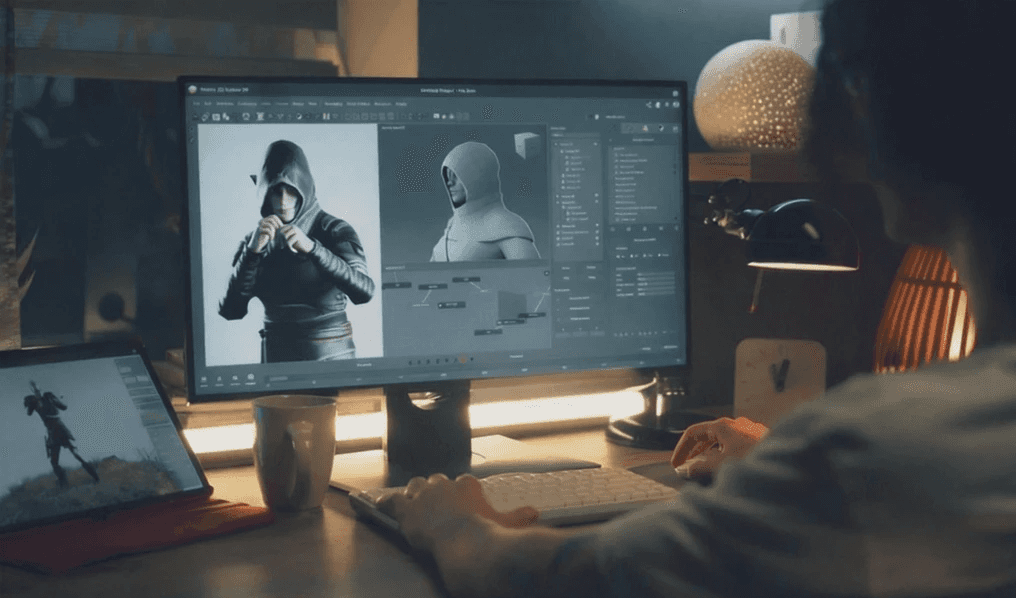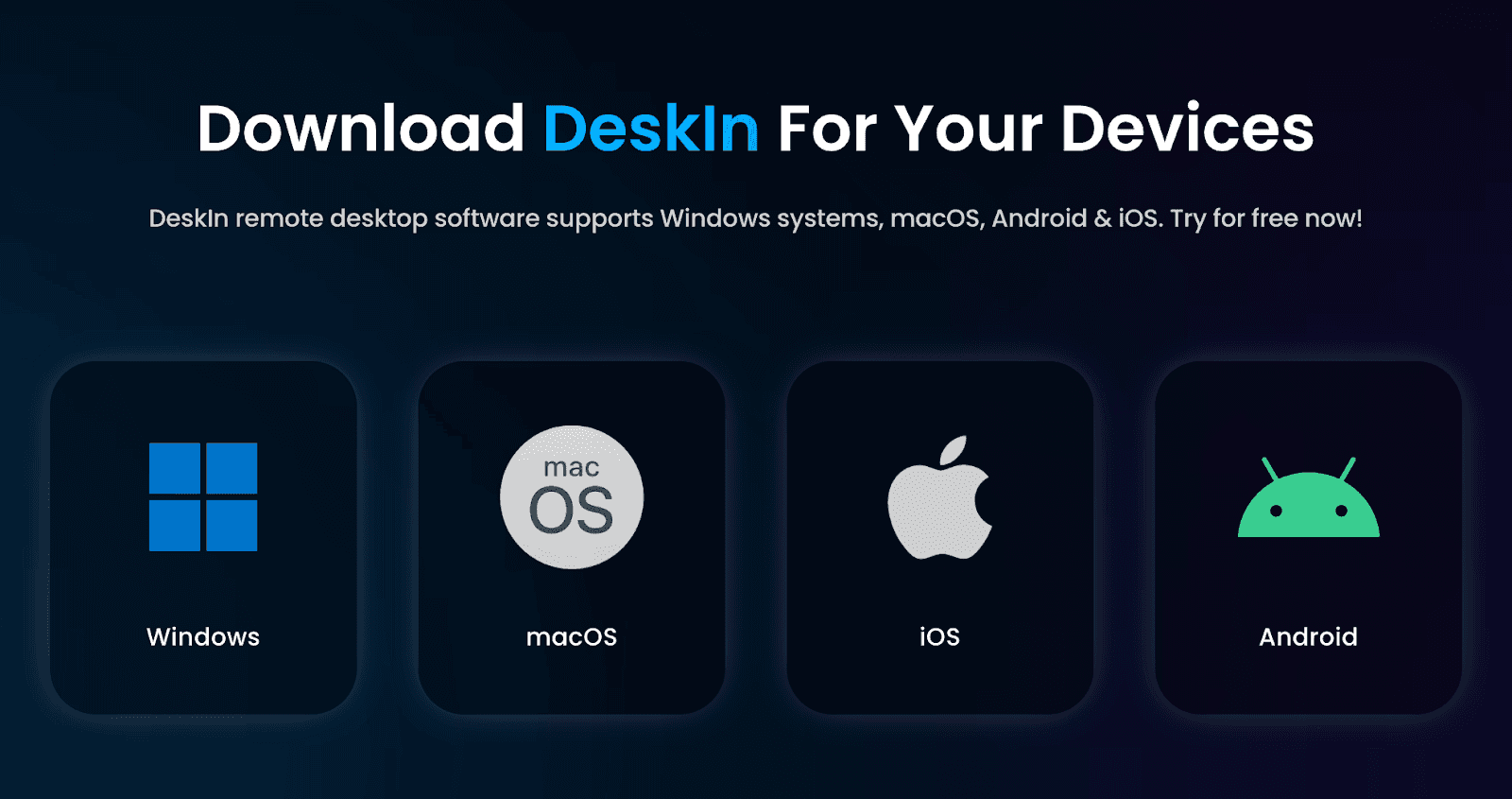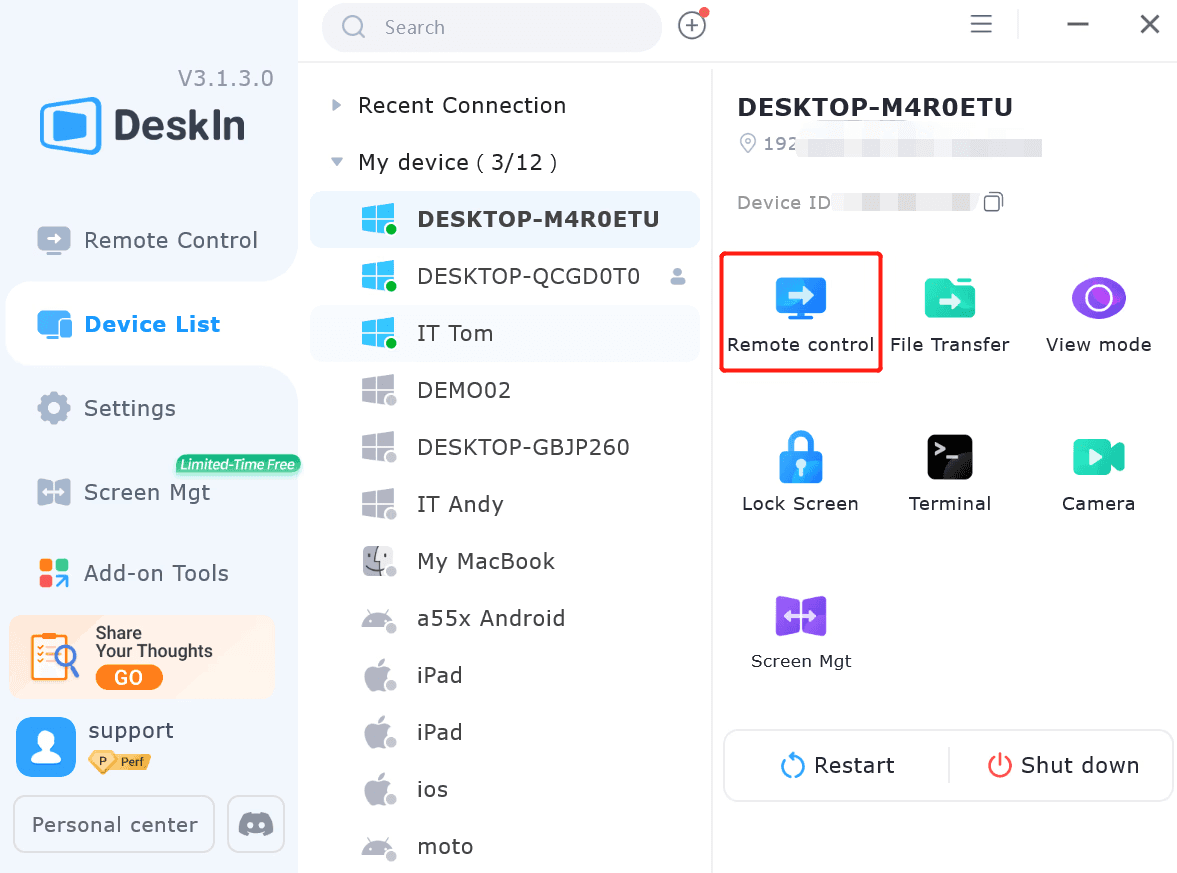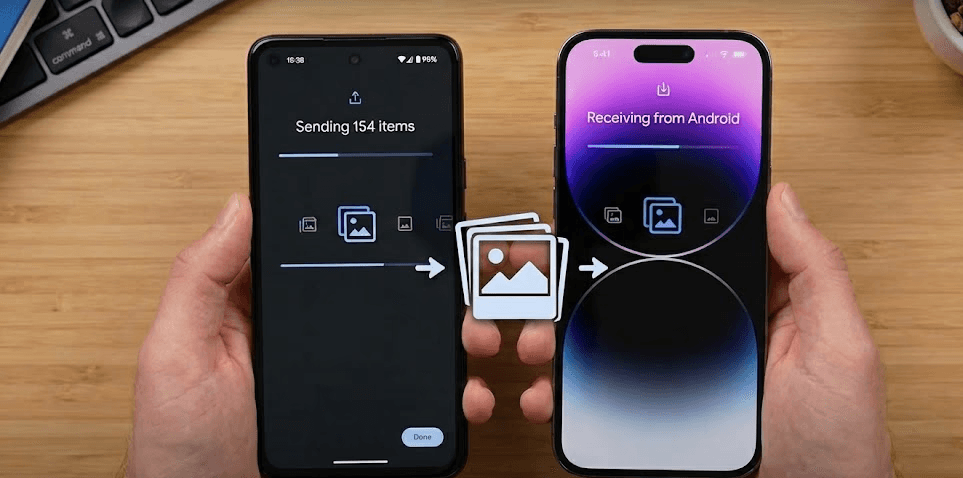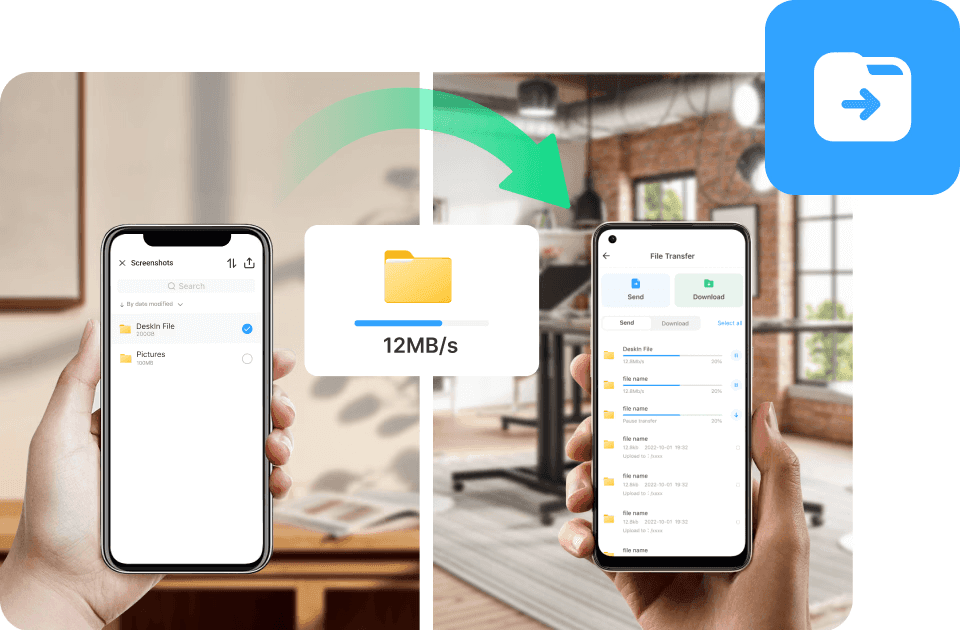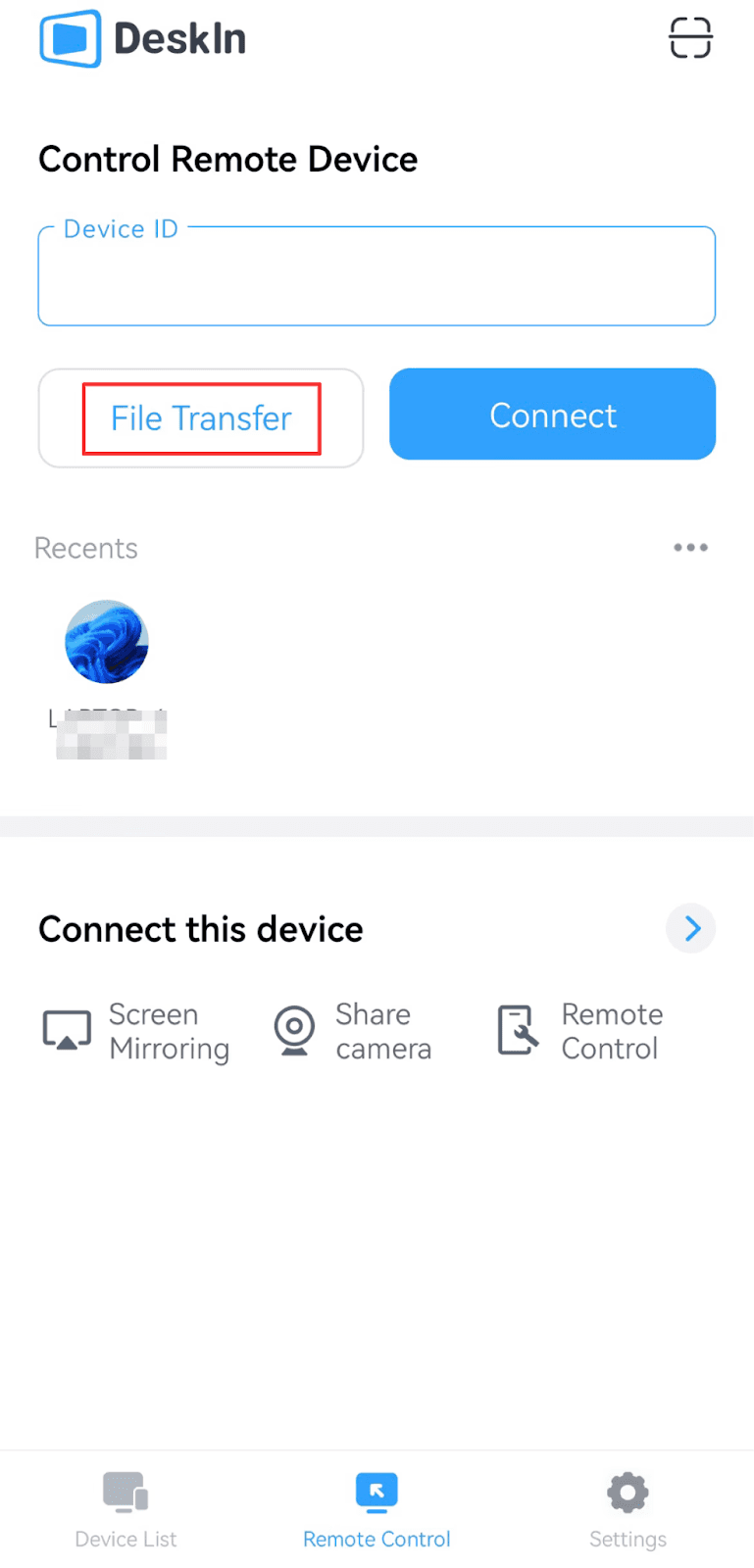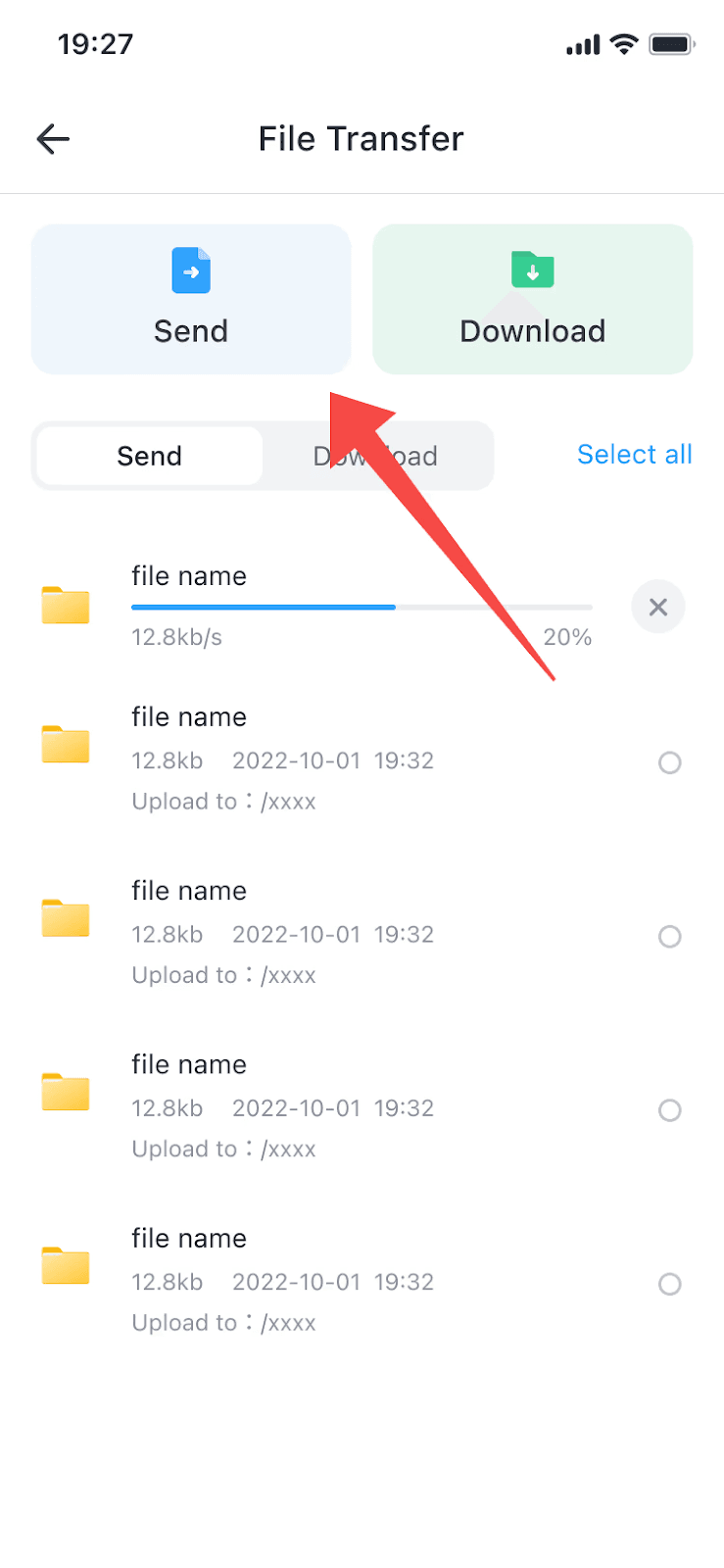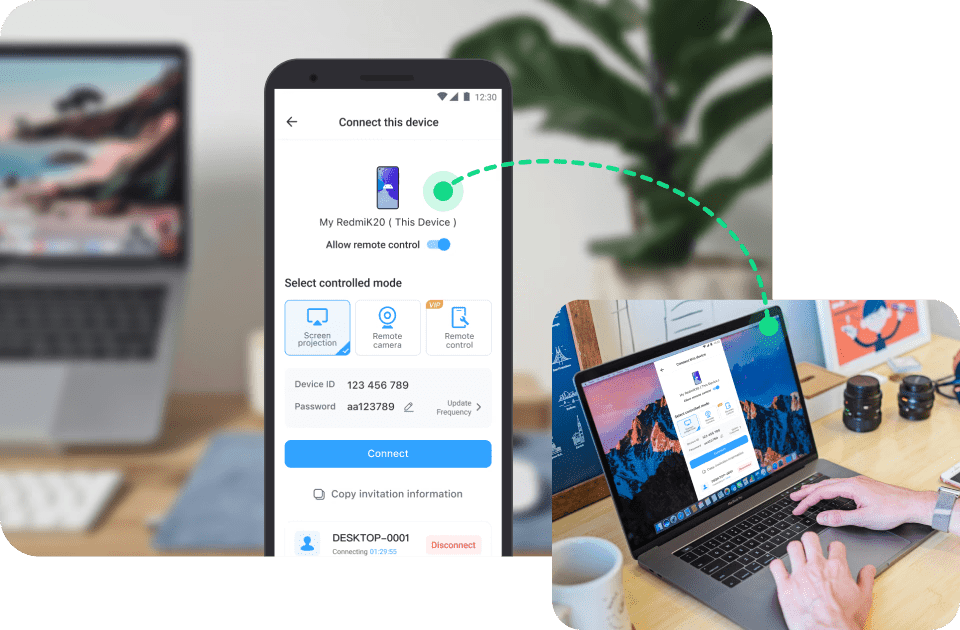As someone who spent two decades navigating the complex world of cross-platform compatibility, I have witnessed countless professionals struggle with a common dilemma: running Mac apps on Windows systems. Whether you are a graphic designer using a preferred macOS-only tool, a developer working across multiple platforms, or recently switched from Mac to Windows but is still struggling with certain applications, the challenge is real.
According to recent statistics published by Statista, Windows still dominates with around 73% of desktop operating system market share globally, while macOS holds around 15%. However, this does not diminish the fact that some of the most powerful creative and productivity apps remain exclusive to Apple's ecosystem. The good news? The barriers between these platforms are more permeable than ever before.
Breaking Down the Wall Between Mac and Windows
In today's increasingly remote and flexible work environment, being constrained by operating system limitations can seriously impact your productivity and workflow efficiency. A survey by FlexJobs revealed that 87% of remote workers require cross-platform functionality to maintain optimal productivity.
Let's explore how you can break free from these limitations and run your favorite Mac apps directly on your Windows machine.
📌 Productivity Alert: Running Mac apps on Windows isn't just about convenience—it's about unlocking your full productivity potential. Studies show that professionals who can seamlessly switch between platforms report 34% higher satisfaction with their digital workflow. How to Remote Access Windows from Other Devices [Tested!]
Understanding Your Options for Running Mac Apps on Windows
Before getting into specific tools, it’s important to understand two main approaches for running macOS apps on a Windows machine. Each has its own strengths and trade-offs depending on your setup and needs.
Option 1: Virtual Machines (VMs)

Virtual machines such as VMware Workstation or VirtualBox let you run macOS within a window on your Windows computer. It's like having a virtual Mac inside your PC.
Pros:
Full macOS environment
Compatible with many Mac applications
Supports multiple versions of macOS
Cons:
Requires a powerful PC
Not ideal for heavy or graphic-intensive apps
Setup can be complex
May raise legal concerns under Apple’s license terms
Best for: Users who only have a Windows PC and need occasional access to macOS for testing, development, or specific apps.
Option 2: Remote Access Tools (e.g. DeskIn)

This method allows you to remotely control a real Mac from your Windows device. The Mac can be a physical machine you own or a cloud-based Mac server.
Pros:
Near-native performance
Lightweight on Windows resources
Quick and easy setup
Cons:
Requires access to an actual Mac
Dependent on internet connection quality
Best for: Users who already have access to a Mac and want a smoother, more seamless experience without the hassle of emulation.
👉 read more:
How to Choose the Right Option
Your Setup | Recommended Approach |
If You only have a Windows PC | Use a virtual machine |
If You have both a Mac and a Windows PC | Use a remote access tool like DeskIn |
Knowing the difference early on will help you avoid unnecessary setup time and choose the most efficient solution for your needs.
Step-by-Step Guide: How to Run Mac Apps on Windows
Now that we understand the options, let's look at practical implementation methods for running Mac apps on Windows.
Setting Up a Virtual Machine
If you need a complete macOS environment, setting up a virtual machine might be your best option. Here's how to do it:
Choose your virtualization software:
VMware Workstation Pro (paid)
VirtualBox (free)
Parallels (paid, now available for Windows)
Obtain macOS:
For testing and development purposes only
Ensure you're complying with Apple's EULA
Installation steps:
Create a new virtual machine in your chosen software
Allocate appropriate resources (at least 4GB RAM, 2 CPU cores)
Install macOS using the appropriate boot media
Install VMware Tools or VirtualBox Guest Additions
Optimization tips:
Allocate more RAM and CPU cores for better performance
Enable 3D acceleration if available
Use an SSD for storage
Disable unnecessary visual effects in macOS
According to TechRadar's 2024 benchmark tests, a properly configured virtual machine running on modern hardware can achieve approximately 70-80% of native performance for most applications.
Make Easier Using Cross-Platform Solutions
For a more streamlined experience with less technical hassle, cross-platform remote access tools like DeskIn offer a compelling alternative:
Download DeskIn:
Install DeskIn on both your Windows PC and the Mac you want to access

Simple setup process:
Create a DeskIn account and login in both devices

Connect your Mac devices through the intuitive interface

Select the remote control button to gain full access to your Mac
Select which Mac apps you want to access on Windows
Run Mac apps directly:
Launch any Mac application through DeskIn's interface
Experience near-native performance with minimal latency
Transfer files seamlessly between operating systems
Productivity enhancements:
Set up shortcuts for frequently used Mac apps
Configure automated synchronization between devices
Customize display and performance settings
Optimizing Performance When Running Mac Apps on Windows
No matter which method you choose, these optimization tips will help you get the best performance when running Mac apps on Windows:
Hardware considerations:
Ensure your Windows PC exceeds the minimum requirements for virtualization
SSD storage makes a significant difference in performance
Bigger RAM is recommended for smooth operation
Network optimization:
For remote or cloud solutions, use a wired connection when possible
Prioritize Mac traffic on your network using QoS settings
Consider a dedicated network for cross-platform work
Software tweaks:
Close unnecessary applications on both systems
Update all drivers and software regularly
Use optimized display settings for your specific apps
File management strategies:
Set up a shared folder accessible from both operating systems
Use cloud storage as an intermediary when necessary
Consider DeskIn's built-in file transfer system for large files
Who Benefits Most from Running Mac Apps on Windows
The ability to run Mac apps on Windows is particularly valuable for several professional categories:
Creative professionals who need access to the Adobe Creative Suite or Final Cut Pro. Learn how empowers your creative ideas with high-performance features
Developers building applications for both macOS and Windows environments
Digital nomads who switch between company-provided Windows machines and personal Macs
Educational institutions with mixed-device environments
Small businesses transitioning between platforms or supporting BYOD policies
According to a LinkedIn Workforce report, professionals who demonstrate cross-platform proficiency command up to 15% higher salaries in technical and creative fields, underscoring the value of this skill set.
Break Free from Platform Limitations
The days of being restricted by your choice of operating system are behind us. Whether you're a Windows user who needs occasional access to Mac-exclusive software or a professional maintaining cross-platform workflows, solutions like DeskIn make it possible to run Mac apps on Windows with unprecedented ease.
By following the methods outlined in this guide, you can create a seamless cross-platform experience that enhances your productivity and expands your digital capabilities. The technical barriers that once separated these ecosystems have largely dissolved, leaving us with flexible, powerful options for working across platforms.
Ready to experience the freedom of running Mac apps on your Windows system? Download DeskIn today and discover how simple cross-platform productivity can be. Our user-friendly solution eliminates the complexity traditionally associated with running Mac apps on Windows, letting you focus on what matters—your work, not your tools.
As someone who spent two decades navigating the complex world of cross-platform compatibility, I have witnessed countless professionals struggle with a common dilemma: running Mac apps on Windows systems. Whether you are a graphic designer using a preferred macOS-only tool, a developer working across multiple platforms, or recently switched from Mac to Windows but is still struggling with certain applications, the challenge is real.
According to recent statistics published by Statista, Windows still dominates with around 73% of desktop operating system market share globally, while macOS holds around 15%. However, this does not diminish the fact that some of the most powerful creative and productivity apps remain exclusive to Apple's ecosystem. The good news? The barriers between these platforms are more permeable than ever before.
Breaking Down the Wall Between Mac and Windows
In today's increasingly remote and flexible work environment, being constrained by operating system limitations can seriously impact your productivity and workflow efficiency. A survey by FlexJobs revealed that 87% of remote workers require cross-platform functionality to maintain optimal productivity.
Let's explore how you can break free from these limitations and run your favorite Mac apps directly on your Windows machine.
📌 Productivity Alert: Running Mac apps on Windows isn't just about convenience—it's about unlocking your full productivity potential. Studies show that professionals who can seamlessly switch between platforms report 34% higher satisfaction with their digital workflow. How to Remote Access Windows from Other Devices [Tested!]
Understanding Your Options for Running Mac Apps on Windows
Before getting into specific tools, it’s important to understand two main approaches for running macOS apps on a Windows machine. Each has its own strengths and trade-offs depending on your setup and needs.
Option 1: Virtual Machines (VMs)

Virtual machines such as VMware Workstation or VirtualBox let you run macOS within a window on your Windows computer. It's like having a virtual Mac inside your PC.
Pros:
Full macOS environment
Compatible with many Mac applications
Supports multiple versions of macOS
Cons:
Requires a powerful PC
Not ideal for heavy or graphic-intensive apps
Setup can be complex
May raise legal concerns under Apple’s license terms
Best for: Users who only have a Windows PC and need occasional access to macOS for testing, development, or specific apps.
Option 2: Remote Access Tools (e.g. DeskIn)

This method allows you to remotely control a real Mac from your Windows device. The Mac can be a physical machine you own or a cloud-based Mac server.
Pros:
Near-native performance
Lightweight on Windows resources
Quick and easy setup
Cons:
Requires access to an actual Mac
Dependent on internet connection quality
Best for: Users who already have access to a Mac and want a smoother, more seamless experience without the hassle of emulation.
👉 read more:
How to Choose the Right Option
Your Setup | Recommended Approach |
If You only have a Windows PC | Use a virtual machine |
If You have both a Mac and a Windows PC | Use a remote access tool like DeskIn |
Knowing the difference early on will help you avoid unnecessary setup time and choose the most efficient solution for your needs.
Step-by-Step Guide: How to Run Mac Apps on Windows
Now that we understand the options, let's look at practical implementation methods for running Mac apps on Windows.
Setting Up a Virtual Machine
If you need a complete macOS environment, setting up a virtual machine might be your best option. Here's how to do it:
Choose your virtualization software:
VMware Workstation Pro (paid)
VirtualBox (free)
Parallels (paid, now available for Windows)
Obtain macOS:
For testing and development purposes only
Ensure you're complying with Apple's EULA
Installation steps:
Create a new virtual machine in your chosen software
Allocate appropriate resources (at least 4GB RAM, 2 CPU cores)
Install macOS using the appropriate boot media
Install VMware Tools or VirtualBox Guest Additions
Optimization tips:
Allocate more RAM and CPU cores for better performance
Enable 3D acceleration if available
Use an SSD for storage
Disable unnecessary visual effects in macOS
According to TechRadar's 2024 benchmark tests, a properly configured virtual machine running on modern hardware can achieve approximately 70-80% of native performance for most applications.
Make Easier Using Cross-Platform Solutions
For a more streamlined experience with less technical hassle, cross-platform remote access tools like DeskIn offer a compelling alternative:
Download DeskIn:
Install DeskIn on both your Windows PC and the Mac you want to access

Simple setup process:
Create a DeskIn account and login in both devices

Connect your Mac devices through the intuitive interface

Select the remote control button to gain full access to your Mac
Select which Mac apps you want to access on Windows
Run Mac apps directly:
Launch any Mac application through DeskIn's interface
Experience near-native performance with minimal latency
Transfer files seamlessly between operating systems
Productivity enhancements:
Set up shortcuts for frequently used Mac apps
Configure automated synchronization between devices
Customize display and performance settings
Optimizing Performance When Running Mac Apps on Windows
No matter which method you choose, these optimization tips will help you get the best performance when running Mac apps on Windows:
Hardware considerations:
Ensure your Windows PC exceeds the minimum requirements for virtualization
SSD storage makes a significant difference in performance
Bigger RAM is recommended for smooth operation
Network optimization:
For remote or cloud solutions, use a wired connection when possible
Prioritize Mac traffic on your network using QoS settings
Consider a dedicated network for cross-platform work
Software tweaks:
Close unnecessary applications on both systems
Update all drivers and software regularly
Use optimized display settings for your specific apps
File management strategies:
Set up a shared folder accessible from both operating systems
Use cloud storage as an intermediary when necessary
Consider DeskIn's built-in file transfer system for large files
Who Benefits Most from Running Mac Apps on Windows
The ability to run Mac apps on Windows is particularly valuable for several professional categories:
Creative professionals who need access to the Adobe Creative Suite or Final Cut Pro. Learn how empowers your creative ideas with high-performance features
Developers building applications for both macOS and Windows environments
Digital nomads who switch between company-provided Windows machines and personal Macs
Educational institutions with mixed-device environments
Small businesses transitioning between platforms or supporting BYOD policies
According to a LinkedIn Workforce report, professionals who demonstrate cross-platform proficiency command up to 15% higher salaries in technical and creative fields, underscoring the value of this skill set.
Break Free from Platform Limitations
The days of being restricted by your choice of operating system are behind us. Whether you're a Windows user who needs occasional access to Mac-exclusive software or a professional maintaining cross-platform workflows, solutions like DeskIn make it possible to run Mac apps on Windows with unprecedented ease.
By following the methods outlined in this guide, you can create a seamless cross-platform experience that enhances your productivity and expands your digital capabilities. The technical barriers that once separated these ecosystems have largely dissolved, leaving us with flexible, powerful options for working across platforms.
Ready to experience the freedom of running Mac apps on your Windows system? Download DeskIn today and discover how simple cross-platform productivity can be. Our user-friendly solution eliminates the complexity traditionally associated with running Mac apps on Windows, letting you focus on what matters—your work, not your tools.





